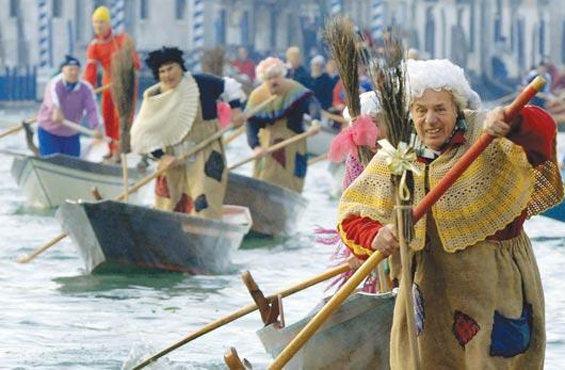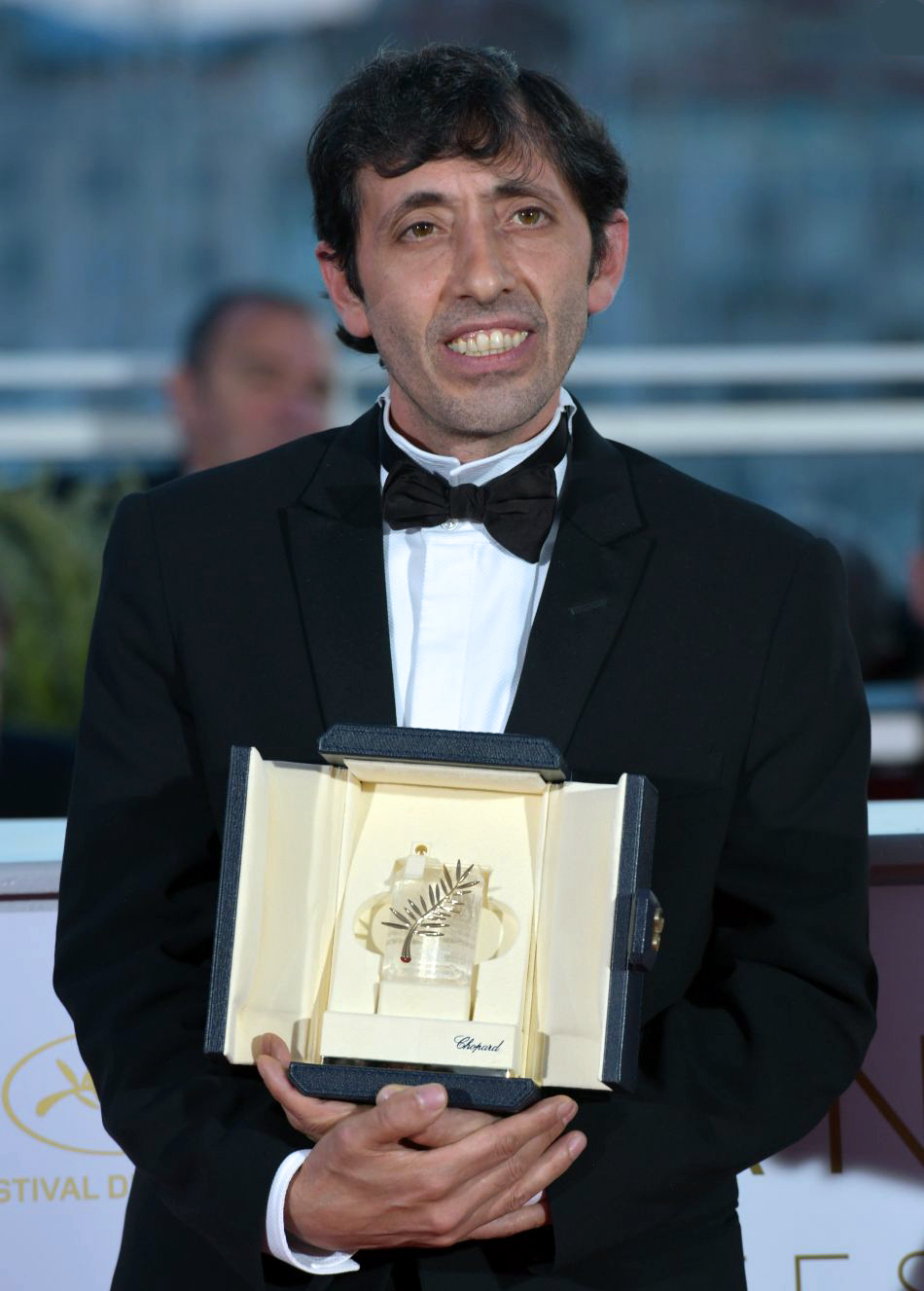Every child of Italian heritage has heard of La Befana, a character in Italian folklore who delivers presents to children throughout Italy on the eve of the Epiphany. The legend of La Befana originated in Rome, then spread as a tradition to the rest of Italy. Her name is derived from the Roman dialect of the Italian word for Epiphany, “epifania.”
In folklore, La Befana visits all the children of Italy on the eve of the January 6 to fill their socks with candy and presents if they are good or a lump of coal if they are bad. Because she is a good housekeeper, she sweeps the floor before leaving. Italian families typically leave a small glass of wine and a plate with food for her to nourish her on her journey. She is usually portrayed as an old woman riding a broomstick through the air, wearing a black shawl and covered in soot because she enters the children’s houses through the chimney. She is often smiling and carries a bag filled with candy and gifts.
Christian legend has it that La Befana was approached by the Magi (the Three Kings), a few days before the birth of Christ. They asked for directions to where the Baby Jesus was, but she did not know. She provided them with shelter for a night, as she was considered the best housekeeper in the village with the most pleasant home. They invited her to join them on their journey to find Jesus, but she declined, stating she was too busy with her housework. Later, La Befana had a change of heart and tried to find the Magi. But she was not able to find them. So, to this day, La Befana still searches for the Three Kings and the Baby Jesus.
Today, each city in Italy has its own unique way of celebrating La Befana. In the Piazza Navona in Rome, a popular market takes place between Christmas and the Epiphany where toys, sugar ‘charcoal’ and other candies are on sale, along with an abundance of La Befana puppets and trinkets. The fair continues until January 5, when each person buys at least one tin horn, trumpet or whistle. A large crowd moves about through the Piazza, laughing and blowing their various noise makers until all of Rome is filled with sound.
In the town of Urbania in the Marche region, the national Befana Festival takes place each year during the first week of January. A “House of the Befana” is built and the post office has a mailbox reserved for letters addressed to her, mirroring what happens with Santa Claus in America. Italians dress up in the customary clothes of La Befana and parade through the streets of the small Renaissance town.
La Befana celebrations occur throughout Italy, each one having its own customs. In Adriatic coast towns and villages, bands of men and boys go about from house to house singing Epiphany songs and receiving small gifts in return. In Varenna, on Lake Como, men dressed like the Three Kings parade through the countryside with torches, bestowing gifts on the needy.
In Venice, a most unusual Befana celebration takes place. The “Befana Regata” or the race of the witches, entails men dressing up as the witch and racing down the Grand Canal. The competition, which began as a prank almost 40 years ago, has now become a new tradition.





